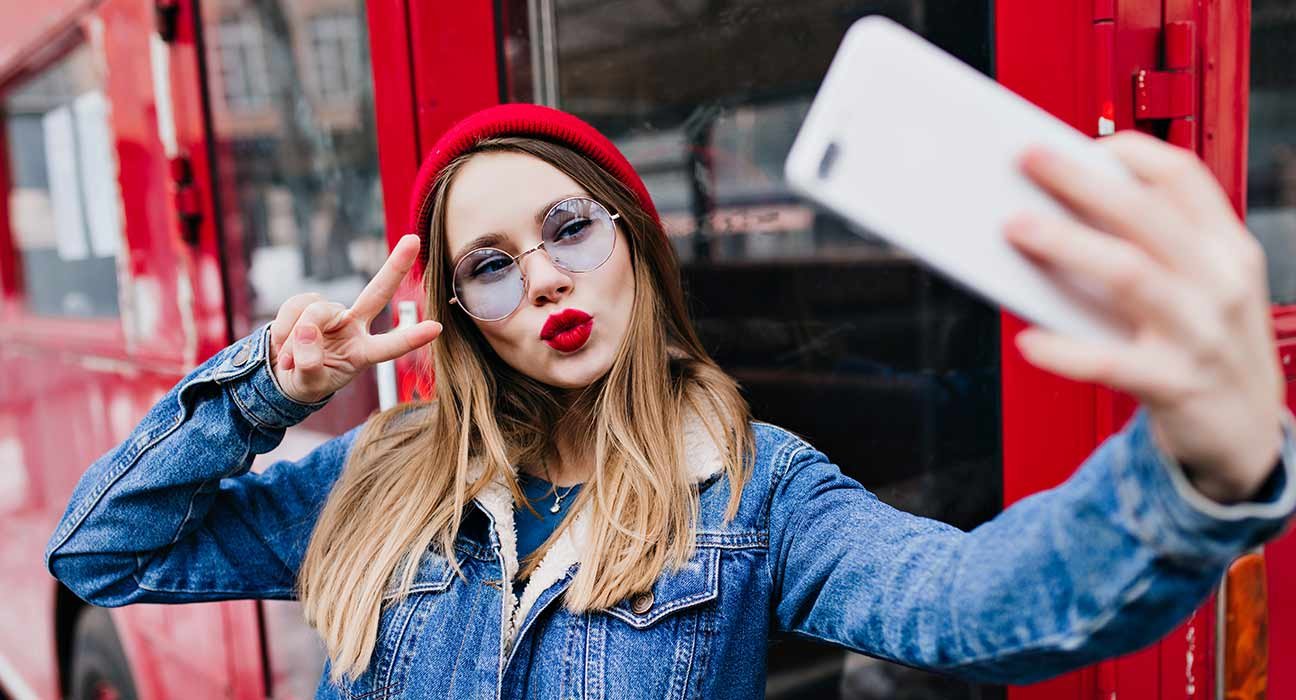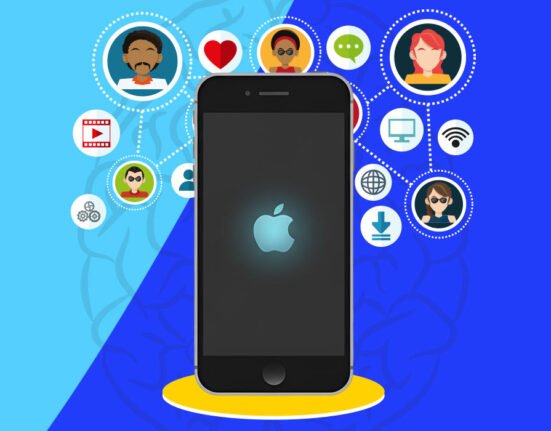The Psychology Behind Selfies
Any Instagram photo dump is incomplete without a selfie. With the advent of social media, selfies have become an important part of our lives. People take selfies everywhere, whether they’re on a trip or at a party. Humans have always tried to capture their appearance, from cave paintings to self-portraiture. But since the concept of a selfie, a picture taken of yourself became popular, it has been relentless.
Selfies were already acclaimed as the 2013 Oxford Languages Word of the Year and Google told us that by 2019 there were already 93 million selfies. In the era where beauty is filtered through technology, it has trended its way to become a cultural phenomenon for more than a decade now.
Also Read: Content Creation: Incorporating Mental Health Practices into Your Creative Process
While its roots extend back to 1839 when Robert Cornelius, an amateur chemist and photographer, captured the first-ever selfie, it’s still tricky to understand the psychology behind it. Cornelius was just setting up a camera in the rear of his family store to produce the first light picture ever taken but what is it that fuels our fascination with GRWMs, ring lights, and the art of sharing the impeccable close-up?
What is it about selfies?
There is a “love-hate” relationship between the selfie and society. Before guessing that the answers might lie around narcissism, affirmation, external validation, personal documentary, body image etc. we will explore the why of selfies. As all of these are hot topics in research concerning selfies, we start by looking into the simpler aspects and build on to understanding
Read More: Role of Media in Promoting Body Image Dissatisfaction
how complex selfie psychology can be. While one of the major uses of a selfie is to present a curated version of oneself, they are useful for a diverse range of tasks. One can represent who they are or the story of what they would like to be perceived as. That edits the social impression and gives a sense of control over it. The affirmation in the ways of likes, shares, reposts etc. is yet another way to reinforce this idea of knowing that the management one did, to present themselves in a certain way, “worked”.
What does one capture in a selfie?
A definition: For a selfie to be a selfie, it has to show your full face in it and it is generally more acceptable to call something a selfie when there is one person captured, while it has now generalised to an intimate group standing behind the one person in focus as well, like the famous Ellen’s Oscar Selfie.
If only Bradley's arm was longer. Best photo ever. #oscars pic.twitter.com/C9U5NOtGap
— Ellen DeGeneres (@EllenDeGeneres) March 3, 2014
On the other hand, research indicates that immortalising the very real experience of an event or its “vibe” could be two major reasons behind a selfie. As an example, imagine someone attending a vibrant music festival with a friend. They could capture a photo of the lively concert crowd, documenting the energetic & joyous vibe of the event. On the other hand, opting for a selfie with their friend captures not just the external spectacle but the shared connection and the memories made in the foreground of pulsating beats and lively performances.
With 2,113 participants spread over 6 experiments, the research explored the perspective one captures in selfies. The study showed that when participants found more meaning in the event, they were more inclined to take a selfie. Another study’s results showed that when participants were in the photo, they connected it to the larger meaning of the moment. In contrast, pictures capturing the scene from their viewpoint were linked to the physical experience of the moment. Finally, another interesting result to think about was that when the selfie-taker’s idea of what to capture turned out to not reflect in the photo’s perspective, they found the selfie less appealing. For instance, if the goal was to show the vibe, they would rather not have a selfie which shows them upfront, but be passively in the image, as a third person character in candids.
Why do people take selfies?
Vanity/Narcissism, the popular belief of the why of selfies, does not seem to hold as a very strong reason in research. Some research has not found any and some have found, a significant but small connection between this emotion and the act of taking a selfie. There are different kinds of selfie distributions observed in studies, some show how men take more of them while others try to correlate the frequency with personality types. As an example, some studies find that narcissistic individuals take more selfies with just them in the photos and try to avoid “groupies” or “wefies”. Few studies directly explore the why.
Read More: The Psychology Behind Viral Trends and Why We Follow Them
As described in the above section, research talks about what it is that people want to capture in these photos. They challenge the idea that the goal is purely self-promotion on social media and find that it is more about the perspective that they want to naturally preserve in different ways. Similarly, Koterba et al. studied (250+ college students) how not all parts that compose narcissism are directly involved in taking a selfie.
Narcissism is broken down into 3 component traits to make personality-based research more quantifiable. They are Authority (The emotion of wanting control over others), Grandiose Exhibitionism (Drawing attention and showing off), and Entitlement (The willingness to take advantage of others to gain special privileges one feels deserving of). A questionnaire to study these individual components was completed by the participants, resulting in showing that Grandiose Exhibitionism was the only marginally linked component to solo selfies. While Narcissism was marginally a more common motive in a different reading of the experiment, two very close motives were Sharing and connecting and Functional Use (like ads/revenue generation because of professional requirements).
Conclusion
As selfies keep trending in our digital culture, we show how the motives behind them are more intricate than a simple narrative of narcissism. While narcissism has popularly been singled out as a major reason, research reveals a diverse spectrum of reasons that individuals engage in selfie culture. The impact of selfies, as explored in the broader context of communication and identity expression, goes beyond just self-obsession.
Read More: The Psychology Behind Celebrity Obsession
Selfies offer a platform for individuals to stay connected with others, express their personalities, and share experiences, fostering intimacy and maintaining relationships. There are discussions about how selfies impact communication and connection, self-expression, and mental health, revealing an important and broad influence spectrum. The act of taking selfies, as revealed by research, can sometimes be a manifestation of complex emotional states, where individuals seek affirmation and connection in the digital realm. Thus one could also study the nuances of vulnerability, self-esteem, and body positivity, which may not exclusively point to narcissism.
Read More: The Psychology Behind Compliments
In conclusion, the selfie culture is a complex social artefact woven with various digital and psychological threads, representing different motives and implications. While narcissism may play a role, it is just one element In the broader cultural phenomenon. As we navigate this era of self-captured moments, recognizing the diverse and sometimes unexpected reasons behind selfies, be open for a more comprehensive discussion on their cultural, psychological, and societal significance and click away!













Leave feedback about this